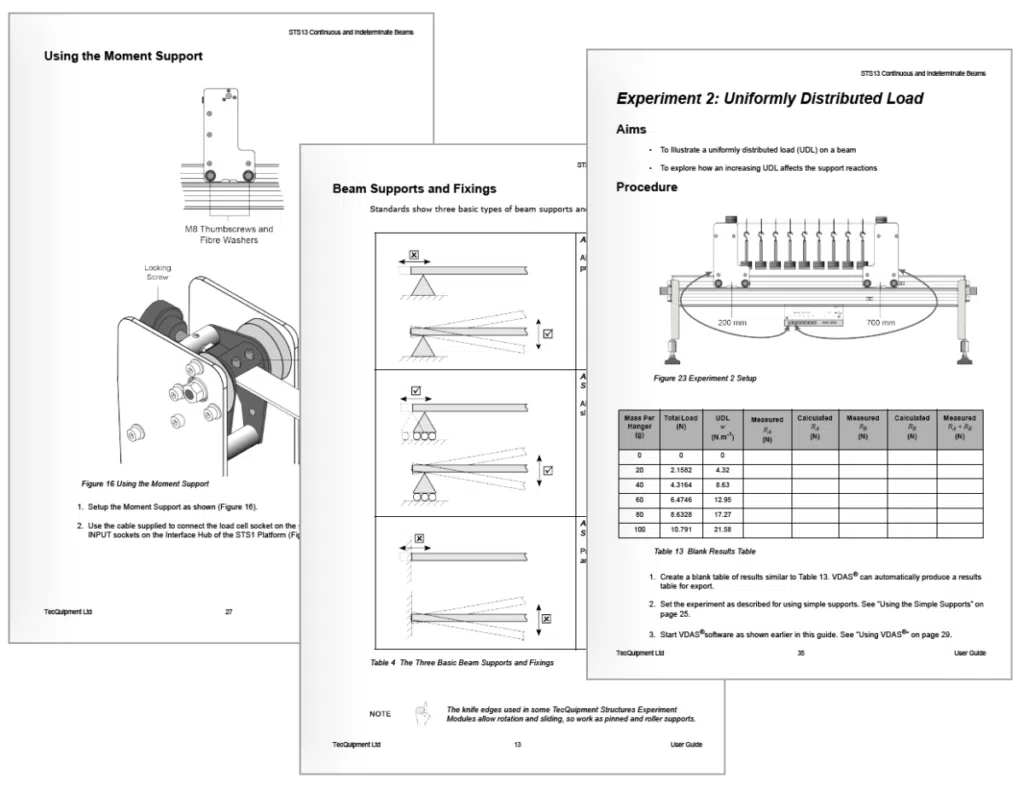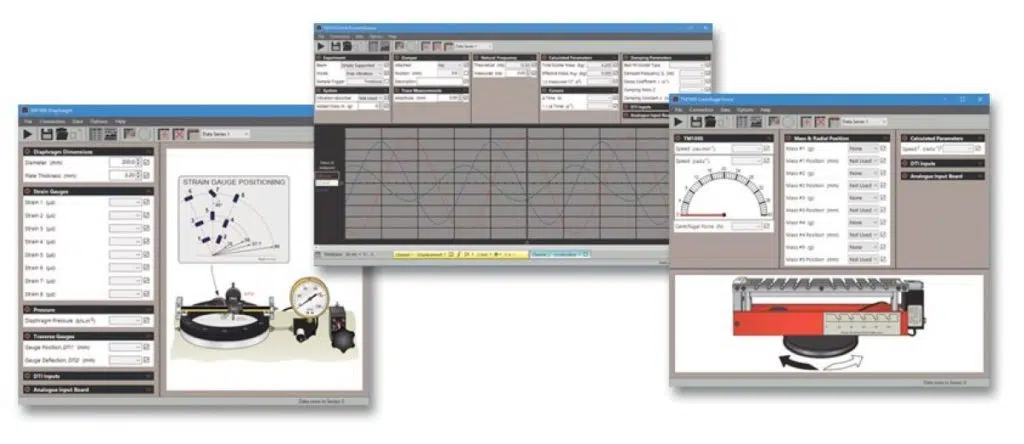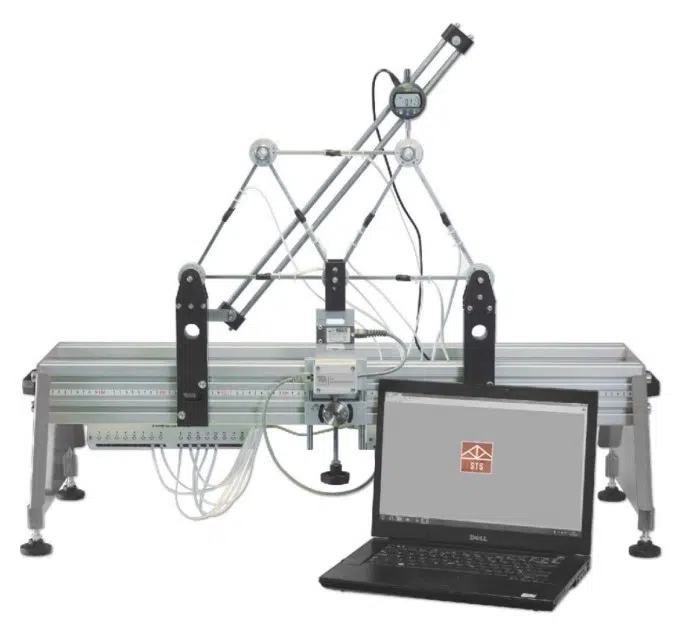Studying civil engineering in college exposes students to a field with many in-demand career paths, from structural engineering to environmental engineering to construction engineering. In civil engineering courses, students learn how to eventually design and build roads, bridges, water and waste systems that people rely on every day. Teaching structures is an essential foundational discipline within civil engineering that helps students understand how to design critical infrastructure safely and efficiently. To help professors teach students about structures, we compiled a list of 20 structural engineering experiments, along with equipment to incorporate into a lab to conduct the experiments.
Equipment for Teaching Structures in Higher Ed
Assigning hands-on projects to students in a civil engineering course helps them build technical and real-life skills that impact their career, no matter their career path. They are challenged to experiment, giving them first-hand experience learning engineering concepts while exploring their creativity and problem-solving. Working in groups teaches them how to collaborate and be open-minded to new ideas.
To set your students up for success in their experiments, we recommend choosing high-quality, reliable equipment for students to use. For example, TecQuipment (TQ) is a leading manufacturer of engineering teaching equipment specifically for labs at the university level.
For teaching structures, the TecQuipment Next Generation Structures range of equipment helps professors teach basic structural principles. The equipment comes with over 20 experiments for civil engineering student projects and digital course books to enhance students' learning, and understanding of structures focused on beams, bridges, and cantilevers. The course books provide real-life examples and theories and outline the setup, procedures, and analysis for experiments.

The Next Generations Structures line of equipment also has capabilities for remote teaching through TQ's software, VDAS (Versatile Data Acquisition System). VDAS is an easy to setup digital system that provides real-time data capture, calculation, charting, and data export. In some cases, real-time traces of analog signals and advanced signal processing are possible.

20 Structural Engineering Experiments for Students to Learn
If you're looking for more ways to give your civil engineering students hands-on learning, here are 20 experiments for studying structures, all available with the TQ Next Generation Structures equipment. Use these experiments to create student projects for your course.
1. Bending Moments in a Beam
Illustrate and prove the basic theory of bending moments in a beam.
2. Shear Force in a Beam
Illustrate and prove the basic theory of shear force in a beam.
3. Deflection of Beams and Cantilvers
Study beam deflection under different loads and fixing conditions, including demonstrating Young's modulus.
4. Bending Stress in a Beam
Study stress distribution across a section of a beam.
5. Torsion of Circular Sections
Study torque and deflection in different materials with a circular section.
6. Unsymmetrical Bending and Shear Center
Study the vertical and horizontal deflection of different unsymmetrical sections.
7. Pin-Jointed Frameworks
Study strains, stresses, forces and deflections in various pin jointed frameworks, and the study of Bow's notation.
8. Three-Pinned Arch
Study the characteristics of a three-pinned arch under various load conditions.
9. Two-Pinned Arch
Study the characteristics of a two-pinned arch under various load conditions.
10. Fixed Arch
Study the characteristics of a fixed arch under various load conditions.
11. Euler Buckling of Struts
Study the buckling of struts and the relationships between length, and fixing conditions and buckling load.
12. Curved Bars and Davits
Investigate common curved structures and davit structures.
13. Plastic Bending of Beams
Study plastic theory and limit state design of beams.
14. Plastic Bending of Portal Frames
Study plastic theory and limit state design in portal frames.
15. Redundant Truss
Study determinate and indeterminate truss structures.
16. Frame Deflections and Reactions
Study rectangular portals subjected to vertical loads.
17. Simple Suspension Bridge
Study the characteristics of a simple suspension bridge.
18. Bending Moments in a Portal Frame
Study bending moments and sway in portal frames.
19. Suspended Beam Bridge
Study the characteristics of a suspended beam bridge.
20. Equilibrium of a Simply Supported Beam
Study the characteristics of a simply supported beam.
As you help your students understand the principles of civil engineering, AET Labs can help you find the right high-quality equipment from TecQuipment for your civil engineering courses. Contact us today to get started.

